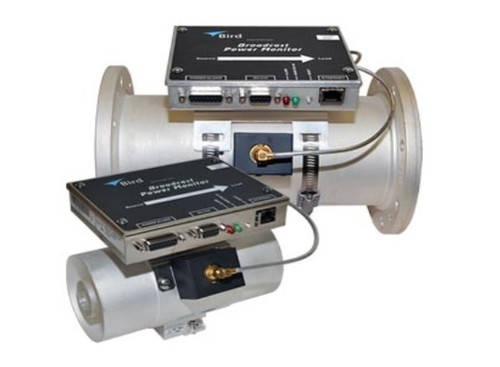Overview
It’s all about your listeners. Your people, your programming, your gear… they’re all focused on building and retaining your audience.
We don’t have to tell you about the direct link between the size and composition of your audience—as measured and reported by your ratings—and your advertising revenue. That’s why it’s vital to you that every panelist in your market is accurately measured and that every station is playing on a level field.
Introducing Voltair, designed to give you greater confidence that every listener is counted when it counts the most.
Ratings, Programming & Technical Operations
Radio ratings have been called “a game of inches,” where winners and losers are sometimes decided by the thinnest of margins. Station management teams have always carefully monitored their markets’ listener data and taken action to maximize ratings and revenue.
With changes in rating survey methodologies in recent years, many program directors report making more dramatic changes than ever before. For example, dayparts have been moved, local breaks have been reduced, and programming clocks have become more rigid in response to the hard, quarter-hour boundaries of ratings credit. Likewise, the industry has seen changes in audio processing practices, airchain device order and other station engineering procedures—all in service to optimal performance of watermark-based ratings technologies.
Because ratings performance data is provided on a delayed basis, stations lack the means to conduct real-time analysis of audience response. Programmers have had limited insight into what efforts are of benefit and why. Hence, most station efforts to optimize their performance in ratings have been trial and error, with little insight into what may or may not be effective.
Understanding The Current Ratings Ecosystem
25-Seven® has been following the deployment of watermark-based rating methodologies since they were introduced. We’ve spoken with many program directors and engineers, getting their perspectives on the overall system architecture and the results of their optimization efforts.
After researching the publicly available data on the technology, our team of broadcast and audio experts uncovered the variables that contribute to watermark integrity. More importantly, we developed Voltair to provide you with the tools you need to monitor and analyze these variables, providing you with data to inform your technical and programming decisions.
What did we find?
-
Audio Content—The spectral characteristics of your audio content—music, announcer voices, etc.—may negatively impact the robustness of your watermark encoding. Simply put, some audio content encodes well while other content does not.
-
Listener Environment—A listener’s device may not detect particular content because of their current acoustic environment. A song or voice may not, for example, decode as well in a car as it does in a bedroom.
To address these issues, we needed to account for the highly complex set of interactions among the encoding and decoding processes, the audio properties of content, and listeners’ acoustic environments. We developed a totally new set of easy-to-use tools for Voltair to analyze and help you manage the consequences of these interactions.
In Depth
How Voltair Can Benefit You
Operating transparently in your airchain, Voltair:
-
Monitors and analyzes the robustness of watermark encoding across all program content.
-
Offers visibility into how listening environments may influence watermark decoding, using models of acoustic spaces where listeners are wearing or carrying their devices.
-
Includes advanced audio signal processing to enhance the detectability of the watermark codes within the context of your programming objectives.
-
Empowers programmers to make informed decisions to address potential weaknesses in either encoding or decoding.
For example:
-
You can compensate for changes in program material and listening environments during different dayparts and program types.
-
You may choose to balance strong and weak program segments within each quarter-hour time segment to produce successful decoding and get the earned credit for the full segment.
Voltair also serves as an off-line tool to identify produced and live content with low encoding confidence. New programming elements—liners, promotions, etc.—may be created with greater confidence of strong encoding.
Voltair and Your Ratings
Your revenue relies on your ratings. The overriding purpose of Voltair is to increase your confidence that those ratings accurately reflect the habits of your listeners.
As you work to get credit for all the ratings you’ve earned, keep the following in mind:
-
Even one listener device worth of data can make a measurable difference in your ratings.
-
Insights into how your audio content is handled during the watermarking process can show you ways to improve the robustness of your encoding.
-
Consideration of listening environments can guide changes that may improve the reliability of watermark decoding on listener devices.
-
When you have confidence in the end-to-end watermark system performance of your stations’ signals, you also have more confidence in the relationship between ratings and your programming decisions.
Voltair won’t increase your actual listenership, but it will help you be more confident that listeners to your station participating in the watermark-based ratings process are correctly measured.
Specifications
Regulatory
North America: FCC and CE tested and compliant, power supply is UL approved.
Europe: Complies with the European Union Directive 2002/95/EC on the restriction of the use of certain hazardous substances in electrical and electronic equipment (RoHS), as amended by Commission Decisions 2005/618/EC, 2005/717/ EC, 2005/747/EC (RoHS Directive), and WEEE.











